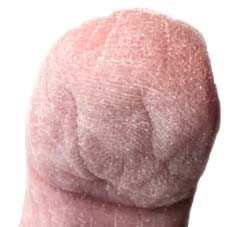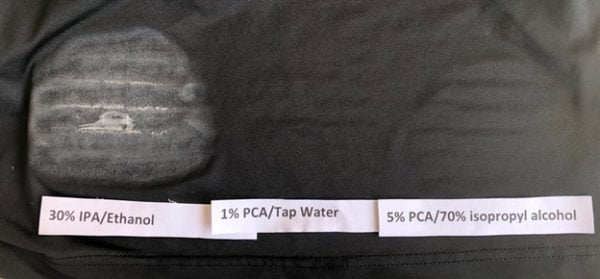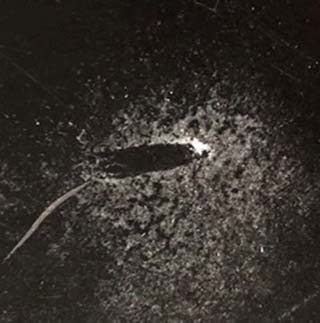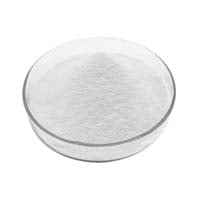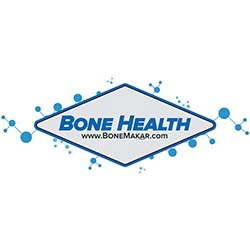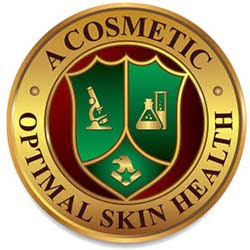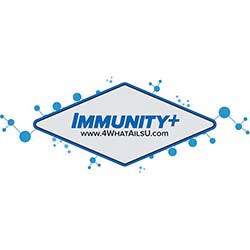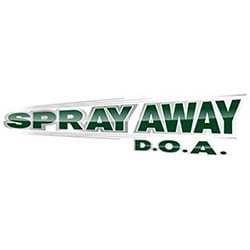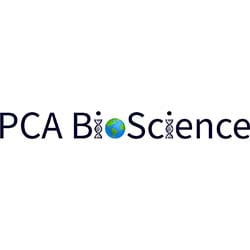The information on this website is exactly that, for information purposes only. This information is not intended to be a substitute for sound medical advice or for seeing a physician. Patients should always consult with their physician before starting any medical treatment. These statements have not been evaluated by the Food and Drug Administration. This product is not intended to diagnose, treat, cure, or prevent any disease.
Now Accepting Inquiries for Intellectual Property Acquisition or Distribution Rights
- 445 West 22nd Street | Holland, MI 49423
- info@sprayawaydoa.com

